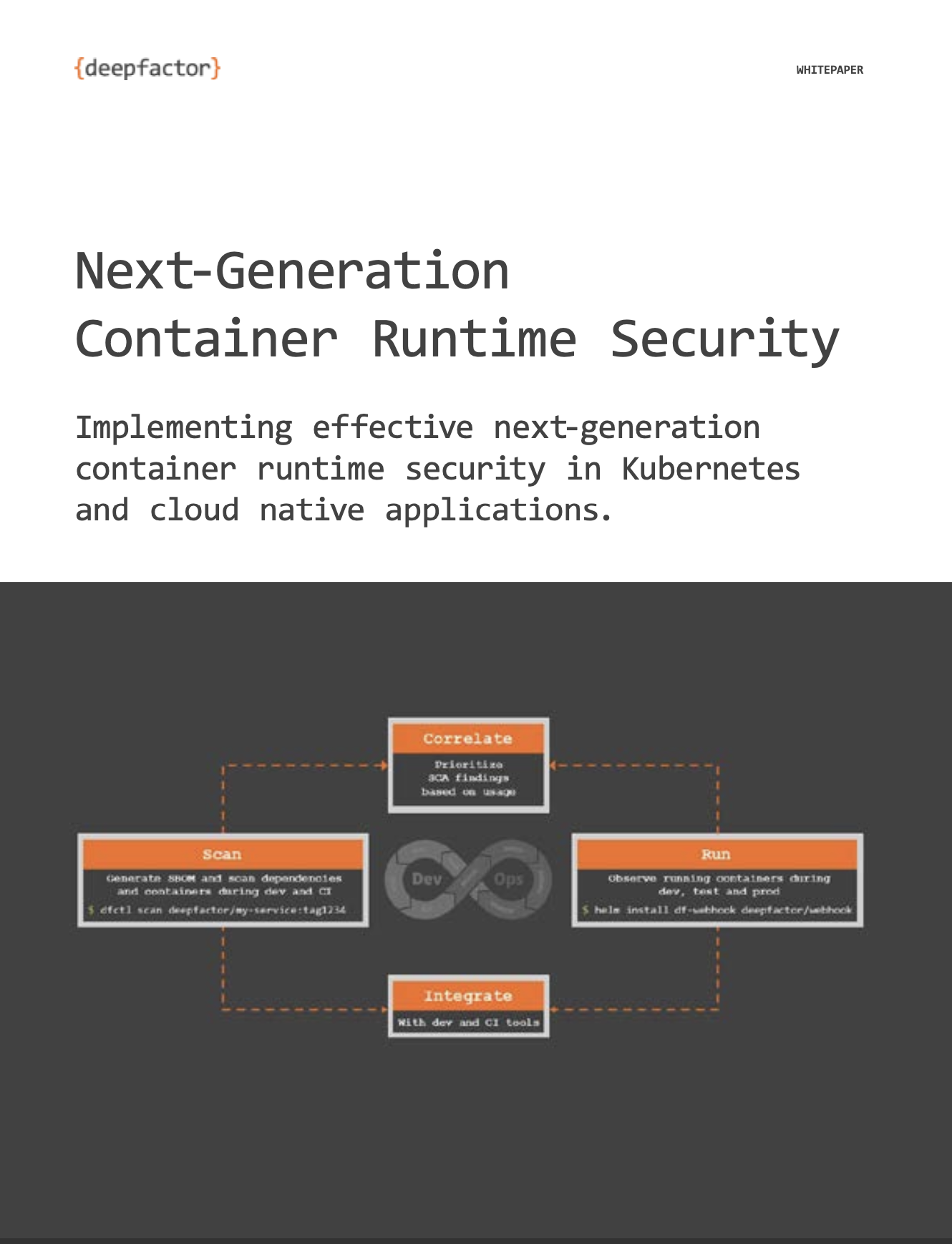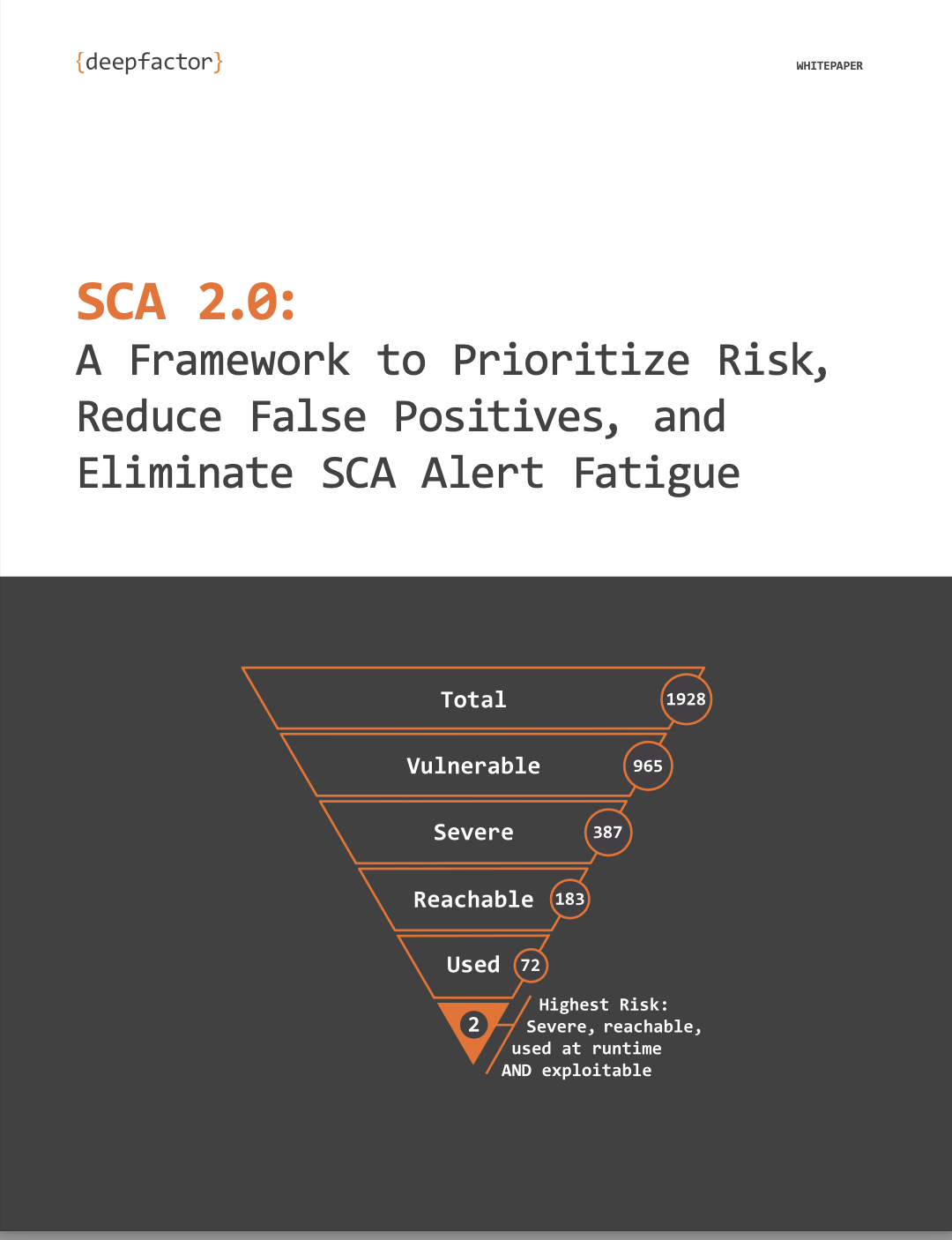This week at KubeCon + CloudNativeCon North America 2021, we announced the first major architectural upgrade to our Continuous Application Security Testing (CAST) solution, Deepfactor. This upgrade brought with it a slew of new features, but the most important change is our adoption of Kubernetes as the underlying orchestration technology for Deepfactor.
Previously, our product was microservice-based but it was deployed as a single VM/EC2 instance. There’s only so far you can scale an architecture like that, and as we started engaging with larger customers, we were being asked more and more frequently if they could deploy us in their already existing Kubernetes clusters (for ease of management, primarily). Both trends have driven the changes in our new architecture.
We’ve kept our microservice-based backend management portal but changed our primary model of deployment to use any Kubernetes environment our customers have (EKS, GKE, AKS, whatever). The great news here is that customers don’t really see any change in our product behavior from previous releases (except for being more performant, more scalable, etc).
Another great side effect of this change is that we can now offer a microk8s version of our product as a deployable single VM image for those customers that want to quickly try out the product (or for those customers that aren’t yet comfortable deploying Kubernetes applications at scale).
As we engaged with larger and larger customers during the past year, we’ve seen Kubernetes-based applications represent a larger share of the application types that customers want to observe at runtime. While we certainly supported these applications previously, I challenged our engineering team to make observing these applications as simple as possible. So, with our 2.0 release, we’ve included a simple way to make observing the runtime security of your Kubernetes application a trivial matter (by simply dropping in a mutating webhook that gives you all the Deepfactor alerts and insights automatically).
The initial response to this increased focus on Kubernetes-based environments has been huge. We’re happy to be a part of the ecosystem and look forward to adding new runtime-based observability insights for our customers.
If you’d like to see more about Deepfactor 2.0, feel free to request a demo here!






